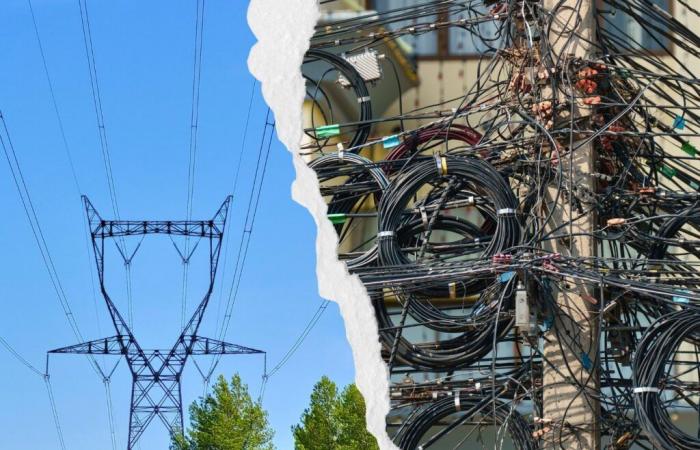Illustration : RE.
A war is being fought over regulated electricity sales tariffs (TRVE): the Energy Regulatory Commission (CRE) advocates the continuation of TRVE while the competition authority wishes to eliminate them.
Two contradictory reports published on November 19, 2024 relaunch the debate on the future of TRVEs in France. While the CRE pleads for their maintenance, the Competition Authority recommends their deletion. Should we or not protect electricity consumers from explosive and unpredictable fluctuations in electricity prices on the markets? The debate rages between the two institutions.
The arguments for maintaining regulated prices ✅
For the CRE, the TRVE play a stabilizing and protective role. They allow price smoothing, cushioning fluctuations, which are particularly valuable in times of crisis. In 2022, while prices on wholesale markets were soaring, a million consumers preferred to return to these prices. The CRE considers that this mechanism remains crucial in the short term and must be extended for five additional years, especially with the scheduled end in 2025 of regulated access to historic nuclear electricity (ARENH), increasing dependence on wholesale prices.
It also highlights the guiding role of TRVEs in structuring the market. “This method therefore allows alternative suppliers to develop and offer innovative offers”like those offered by Octopus, TotalEnergies or Mobilize, among others. In response to criticism of their competitive impact, the CRE proposes minor adjustments, such as a ban on the “return to TRVE of customers subscribing to a power greater than 36 kVA who left the TRVE for less than a year to limit back and forth short-term relationship between TRVEs and market offers”.
Also read
Fall in electricity prices: here is the future price per kilowatt hour in 2025
The arguments against maintaining regulated prices ❌
In contrast, the Competition Authority considers TRVEs to be obstacles to real competition. “They confine competing suppliers to a secondary role and limit the size of their customer portfolios, a source of economies of scale” According to the report, TRVEs crystallize political regulation, with adjustments often influenced by populist considerations, to the detriment of transparency and economic efficiency.
The Authority therefore advocates their removal, while calling for alternative mechanisms to be put in place. Among the proposals, the designation of suppliers of last resort and the creation of a reference index calculated by the CRE would maintain a form of protection for the most vulnerable consumers.
A dilemma for the government
The choice between these two visions turns out to be delicate. The abolition of TRVEs is in line with European directives, which encourage a transition towards liberalized markets. However, the preferences of the French, who are strongly attached to TRVEs, and concerns about potential increases in bills complicate the situation. Energy Minister Olga Givernet promised a decision based on these two reports and an ongoing government assessment. It will have to arbitrate between a framework conducive to competition and the need to protect consumers in an energy context that is still uncertain.






